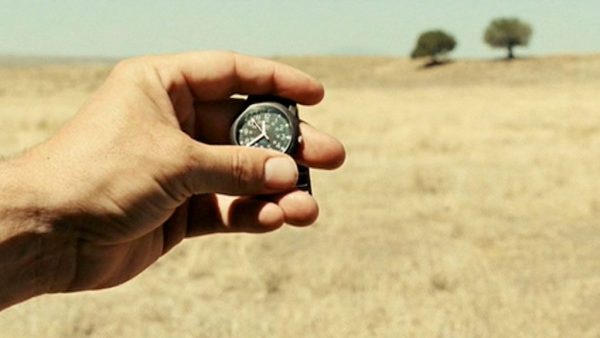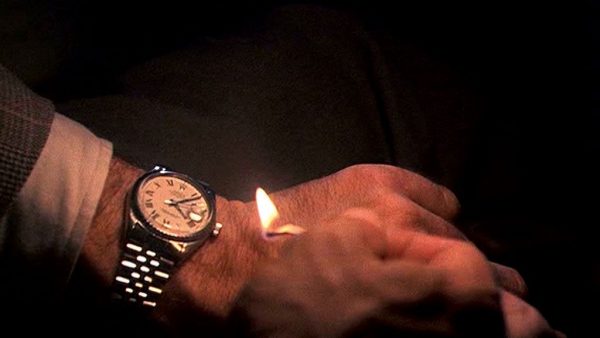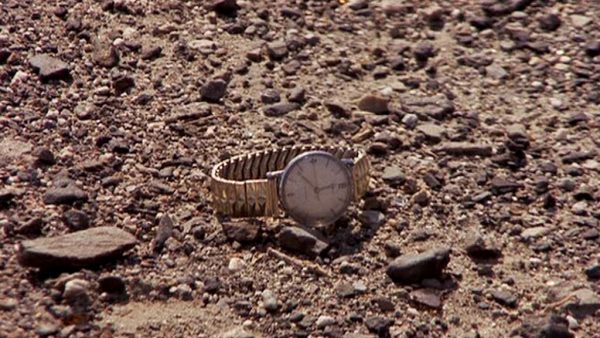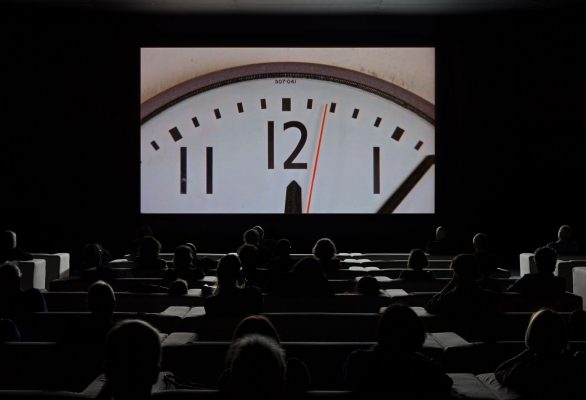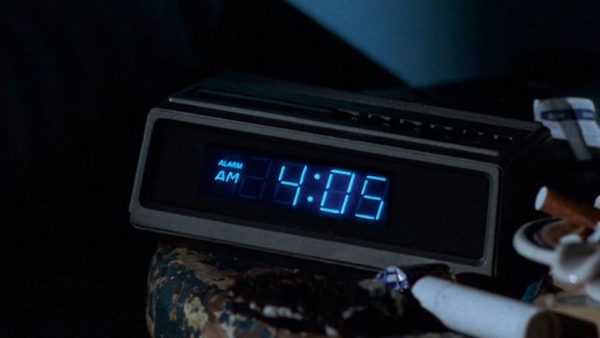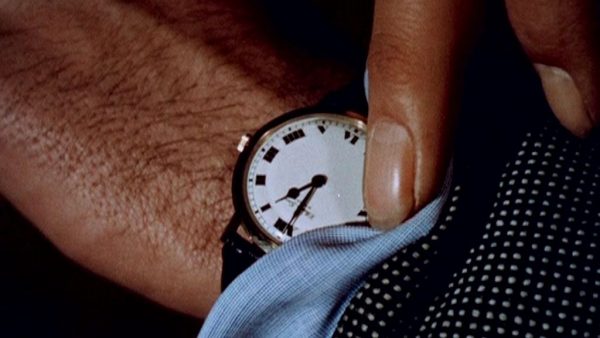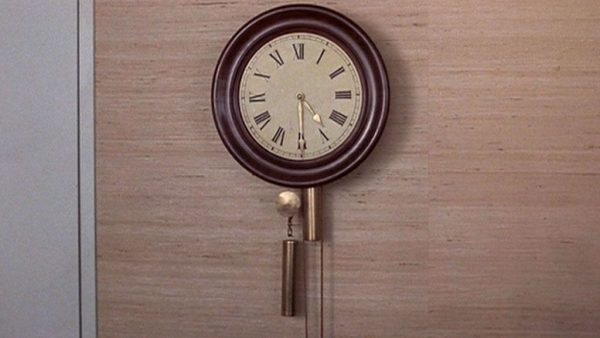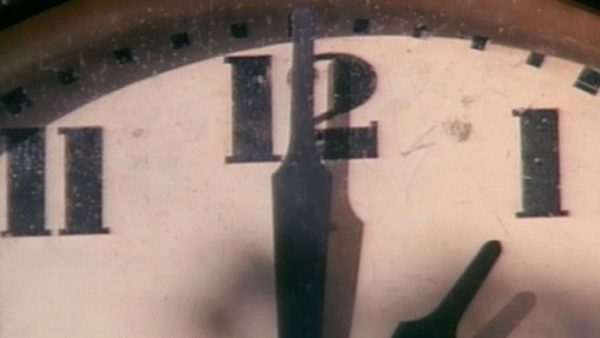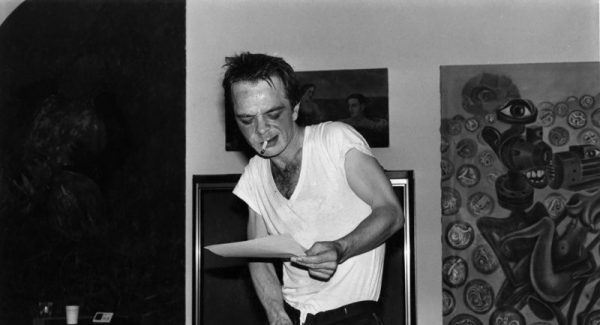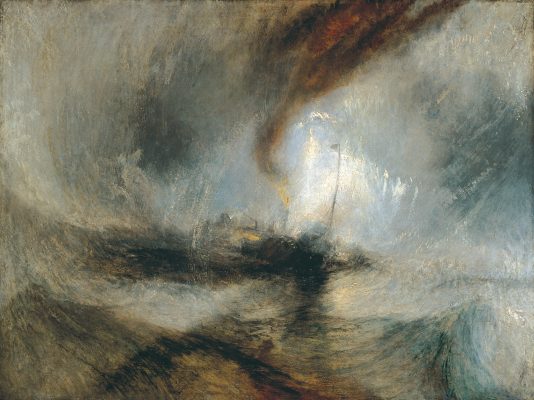In an early episode of Camus’s The Plague (1947), Tarrou, one of the last victims of an epidemic in the Algerian city of Oran, writes the following musings in his diary:
Query: How to contrive not to waste one’s time? Answer: By being fully aware of it all the while. Ways in which this can be done: By spending one’s days on an uneasy chair in a dentist’s waiting-room; by remaining on one’s balcony all of a Sunday afternoon; by travelling by the longest and least-convenient train routes, and of course standing all the way; by queueing at the box-office of theatres and then not booking a seat.
The proposition, of course, is absurd: the solution to the problem of wasting time is to waste time deliberately. It is not what we do with our time that matters, Tarrou suggests, but rather that we experience the full measure of the time that passes – and furthermore that such awareness is only possible through acts that are otherwise shorn of purpose.
I thought of this passage when I first went to see Christian Marclay’s The Clock (2010), a monumental video installation that stitches together twenty-four hours’ worth of clips from film and television history, selected and ordered according to the time displayed or mentioned in any given scene. These clips are also synced with real time, such that the scenes being played at, say, 3:26 p.m. all take place at 3:26 p.m. in their fictional universes. Early-morning visitors to The Clock (which is being screened at the Tate Modern until 20 January) will be greeted by shot after shot of blaring alarm clocks. Come midday, the actors start laying aside whatever drama they were embroiled in and sit down to lunch, as though some kind of cross-cinematic break has been called.
When we are made constantly aware of the passage of each second, even a quarter of an hour can seem like an eternity. (It’s enough time for Robert De Niro to get a haircut in-between appearing in Raging Bull and Taxi Driver.) Yet this does not mean that watching The Clock is an unpleasant experience – on the contrary, it is bewitching. Viewing the entirety of the film in one sitting is nearly impossible, not least because, barring attendance at special all-night screenings, access to the theatre is restricted to museum operating hours. Yet a deeply ingrained societal completionism makes leaving part way through seems almost sacrilegious. When I get up to leave, I feel as if I am placing a phone call while at the Philharmonic.
Viewed in this light, The Clock’s hypnotic allure is a powerful argument for the rewards of what might be called ‘deep looking’: sustained engagement with a work of art that pushes far past the usual amount of time allotted to such an activity. The art historian TJ Clark makes a similar case in his book The Sight of Death (2006), a diary-like chronicle of his six-month fellowship at the Getty. At loose ends, Clark finds himself making daily pilgrimages to see two paintings by Nicolas Poussin, Landscape with a Calm (1651) and Landscape with a Man Killed by a Snake (c.1648). As the days and weeks and months wheel past, Clark bestows pet names upon his chosen paintings; he notes how the season, the time of day, and the environment of the gallery shade his appreciation of the works; he writes of moments of disappointment and of fearing that there will be nothing more to find, as well as of the need to weather these lulls instead of giving into the desire for novel stimuli. Collectively, Clark’s journal entries push back against the notion that ‘images happen, essentially or sufficiently, all at once.’ When we force ourselves to engage in deep looking, he writes, ‘aspect after aspect of the picture seems to surface, what is salient and what is incidental alter bewilderingly from day to day, the larger order of the depiction breaks up, recrystallises, fragments again, persists like an afterimage.’ The capacity to observe, and to keep observing, is one that we must actively cultivate at a time when the general cultural milieu gravitates more towards the disruptive fizz-pop of instant apprehension.
This mode of looking is perhaps the natural counterpart to durational art, which often involves its creators in repetitive and ritualistic acts that can span years. In one famous example, the Japanese conceptual artist Kawara On spent three decades peppering his loved ones with telegrams that read, simply, ‘I am still alive’ (I Am Still Alive, 1970-2000). In his Today series (1966-2013), Kawara painted the date in white letters against a monochromatic background. Latent in these undertakings is the notion that art, like liver surgery, is something to be survived. But by drawing attention to time, by delineating its rhythms and marking it out in increments, such works make us mindful of moments that might otherwise simply have unspooled unnoticed.
The longer spent watching The Clock, the greater the sense that the human mind will stop at nothing in its attempt to impose order upon disjointed crumbs of information. Charlotte Rampling wolfing a plate of profiteroles (Swimming Pool, 2003), Paul Hogan squinting mock-quizzically up at the sun (Crocodile Dundee, 1986), Matthew Broderick handing out a pop quiz to sleepy-headed teenagers (Election, 1999) – all of this and more will our brains try to bind together in the comforting embrace of narrative. Yet if there is one theme that can truly unite the disparate scenes of Marclay’s opus beyond time itself, it is the subtext of human mortality. This is a preoccupation that Marclay shares with Kawara, whose insistence on life in I Am Still Alive insinuates thoughts of the opposite, and Clark, whose experiments in durational looking allow him to characterise and thereby overcome his unconscious resistance to contemplating death in Poussin’s paintings.
Death and the threat of death (guns loaded, cocked, and fired) are everywhere in The Clock: people run out of time, race against time, and stare down ticking time bombs. In a memorable scene from Safety Last! (1923) that Marclay samples at several points, Harold Lloyd clings for dear life to the minute-hand of a clock tower as he dangles above the busy street below. Even leaving aside these moments of immediate onscreen peril, The Clock’s obsessive contemplation of time pieces makes it feel in some sense like a twenty-first century continuation of the vanitas genre favoured by Dutch artists of the Golden Age. Cluttered still lives in this vein feature pocket watches or hourglasses alongside viols, wilting tulips, half-peeled lemons, and fleshless skulls – stern-faced Protestant reminders of the fleeting nature of our time on Earth.
On the first of my three visits to The Clock, a friend and I attended a 24-hour screening especially for ‘youth’. (Learning that this event featured such millennial-calibrated activities as group yoga and zine-making gave me such an invigorating nettle-sting of indignation that enjoying myself felt almost disappointing.) But by the time we’d finished cutting up jeans advertisements from Vogue and arrived at the main attraction, a massive line of our fellow youths (these ones apparently less easily distracted) had formed in front of the entrance to the screening room. Halfway through the wait, it occurred to me, in a Tarrou-like moment of irreverence, that perhaps when we got to the front we should simply turn around and leave. Would the purposelessness of our queuing – the length of which would surely seem to treble at the thought that no satisfaction lay at its end – in its own way channel the same life-affirming hyperawareness of time that sits at the heart of The Clock? Would that not also have been a kind of endurance?
